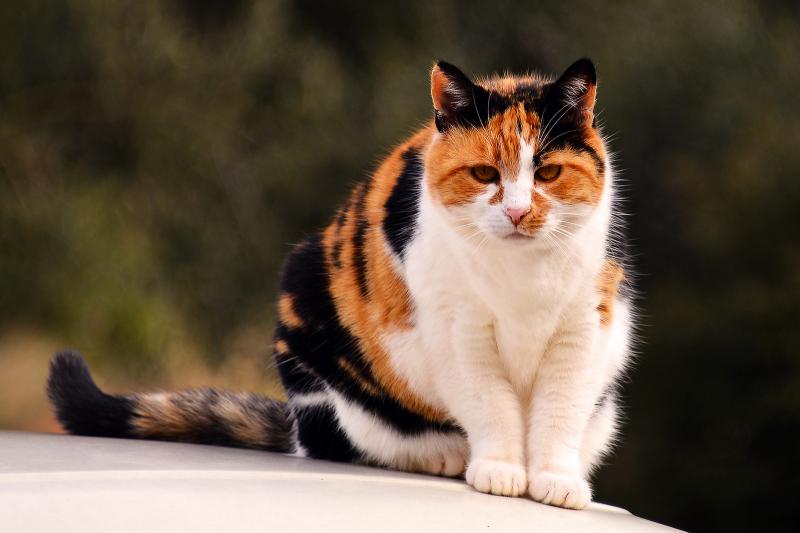Feline Blindness & Vision Problems: Causes And Treatment
AlexJones
- 0
- 704
A cat’s vision is undoubtedly one of its most vital senses, allowing cats to detect predators, or whether their food bowl has been filled recently. When such a vital sense is damaged or even lost, the impact can be hugely detrimental to a birman cat for sale wellbeing. Loss of vision can occur from an injury or from a host of diseases. Read on to find out more about the common diseases that can cause blindness in cats.
Common Causes of Blindness in Cats
Hypertension
Hypertension or high blood pressure is a common ailment that causes blindness in older cats. Overweight or obese cats are more likely to be afflicted. In most cases, feline hypertension in cats is a result of kidney disease, heart disease, diabetes, and hyperthyroidism. Cat parents should be on the lookout for two signs of hypertension: dilated pupils that don’t respond normally to light and blood in the eye chamber. Feline hypertension is treated by addressing the underlying conditions and using medications to lower a cat’s blood pressure5.
Conjunctivitis
Conjunctivitis is a very common eye disorder that causes inflammation of the pink lining around one or both of your cat’s eyelids. It is normally caused by an upper respiratory disease and it is highly contagious. Symptoms include a red and swollen eye, squinting, and mucus discharge3. Conjunctivitis may resolve on its own but should be evaluated by a veterinarian and treated with medicated drops.
Cataracts
Cataracts occur in cats when the clear lens of the eye becomes cloudy, interfering with the ability for light to reach the retina. Cataracts can develop when a feline is unable to metabolize proteins as well as other body chemicals2. They can also occur from the aging process. Cataracts can be detected during a routine veterinary exam or by observing behavior changes in your cat such as having trouble finding familiar items or having difficulty going up and down stairs. In some cases, cataracts are removed in a surgical procedure by a veterinary ophthalmologist specialist. Cats with only one eye affected by a cataract can get along fine without treatment. Cataracts are not painful to the animal.
Glaucoma
Like with humans, cats that suffer from glaucoma have a watery fluid in the front of their eye that fails to drain properly. As a result, the buildup of fluid creates pressure on the optic nerve. This pressure makes vision poorer and if untreated can lead to partial or total blindness. Primary glaucoma is rare and hereditary, prone to occur in the following predisposed breeds: Burmese, Persian, and Siamese7.
Secondary glaucoma, which is more common, occurs as a result of another disease such as neoplasia, anterior uveitis, and intraocular hemorrhage7. Once your veterinarian determines the underlying cause of your cat’s glaucoma, an appropriate treatment can be recommended. The symptoms brought on by feline glaucoma are subtle and can take months before an owner will detect them. In most cases, you will notice that one of your cats’ eyes has slowly become cloudier and is getting larger as the pressure increases. Other signs include squinting and a dilated pupil.
Sudden Blindness in Cats
Suddenly noticing your cat’s blindness is different than if your cat is suddenly stricken with a loss of vision. Instant blindness in cats is caused by bleeding into the eye’s interior, a serious blow to the head, or in rare cases the ingestion of enrofloxacin, an antibacterial medicine8.
Eye and vision issues may not be immediately noticeable. For example, an elderly cat with chronic hypertension can eventually suffer a detached retina which leads to bleeding in the back of the eye8. This is what makes routine veterinary exams extremely important. As the old saying goes, “An ounce of prevention is worth a pound of cure.”
